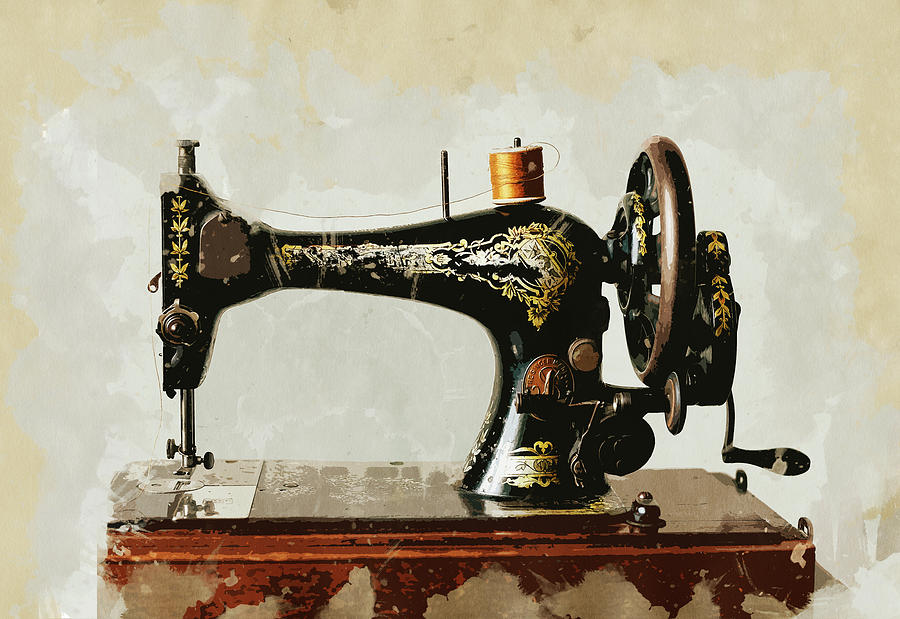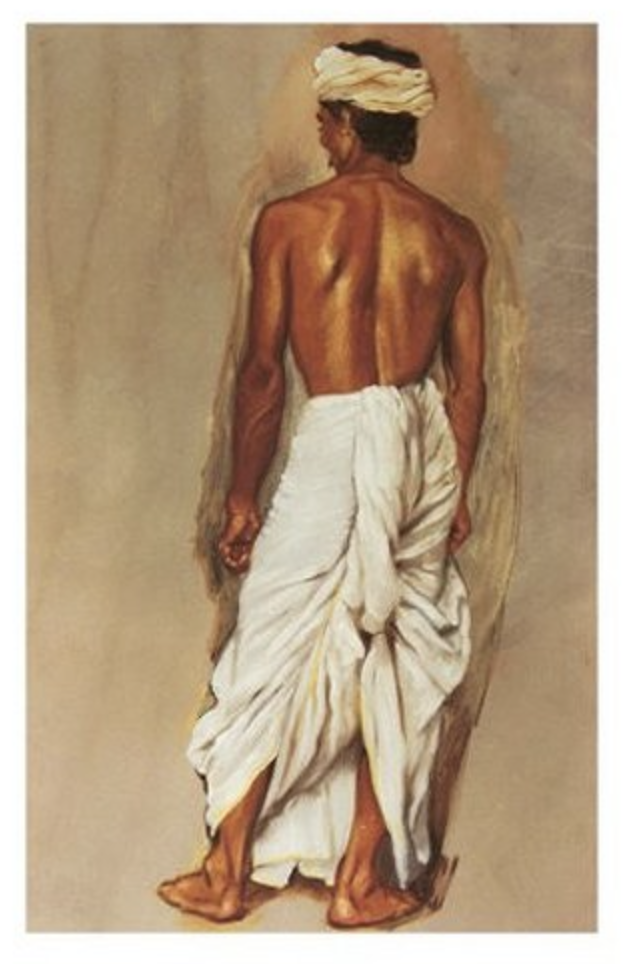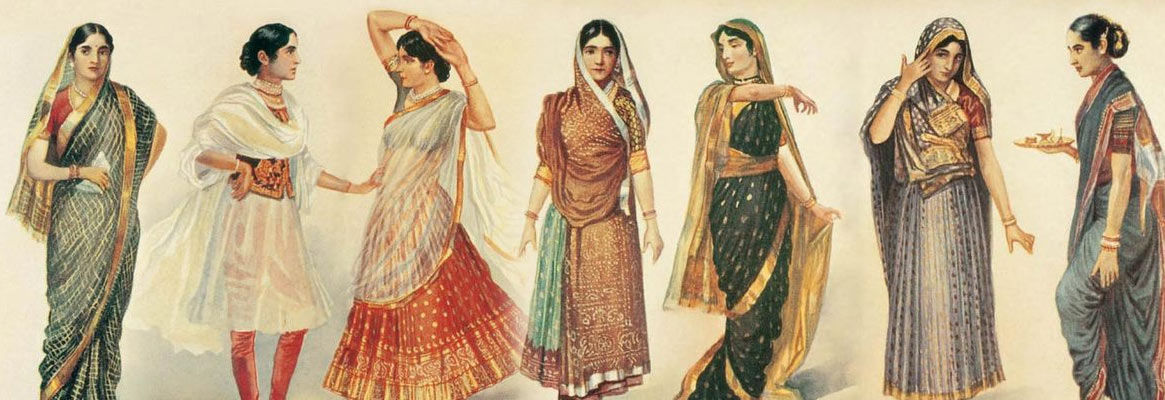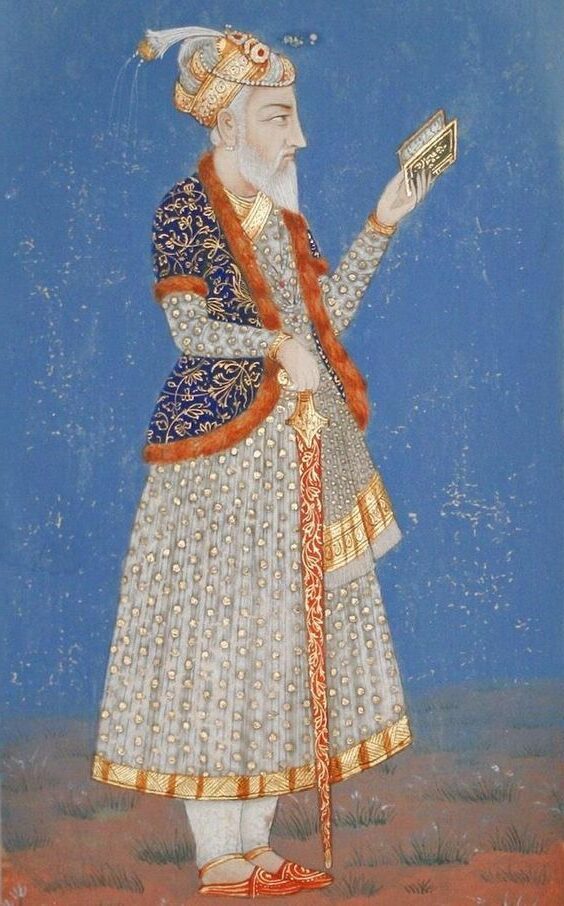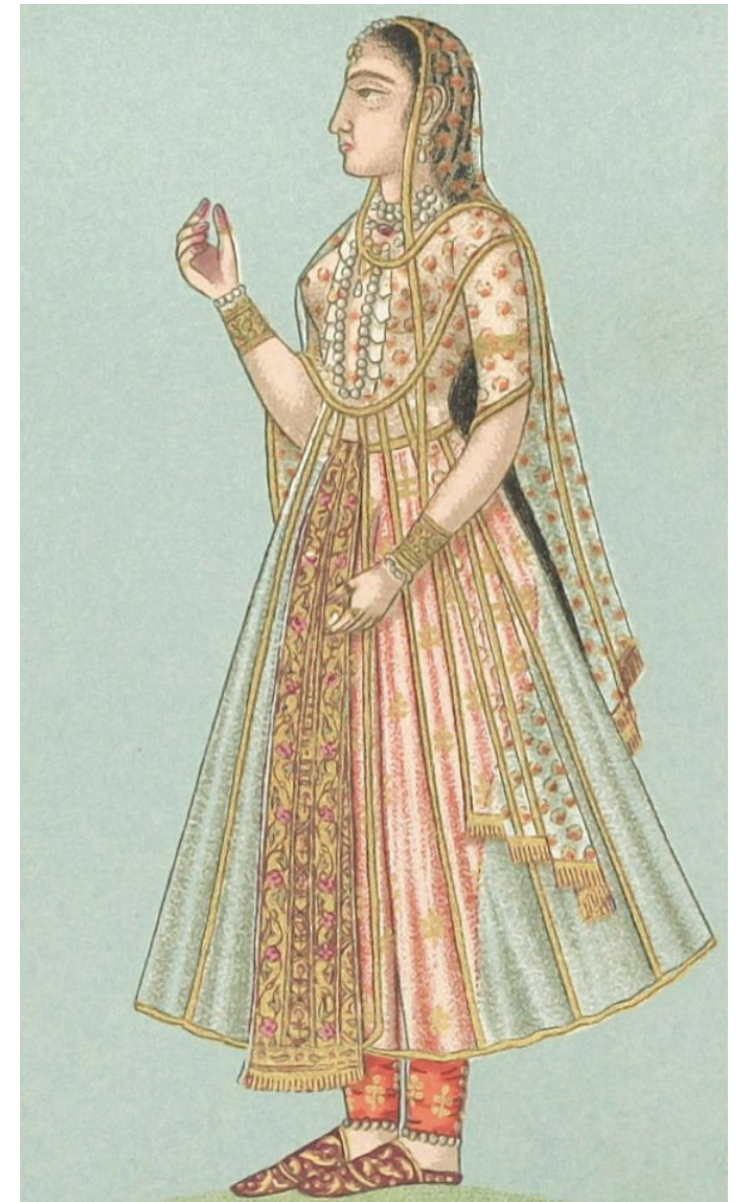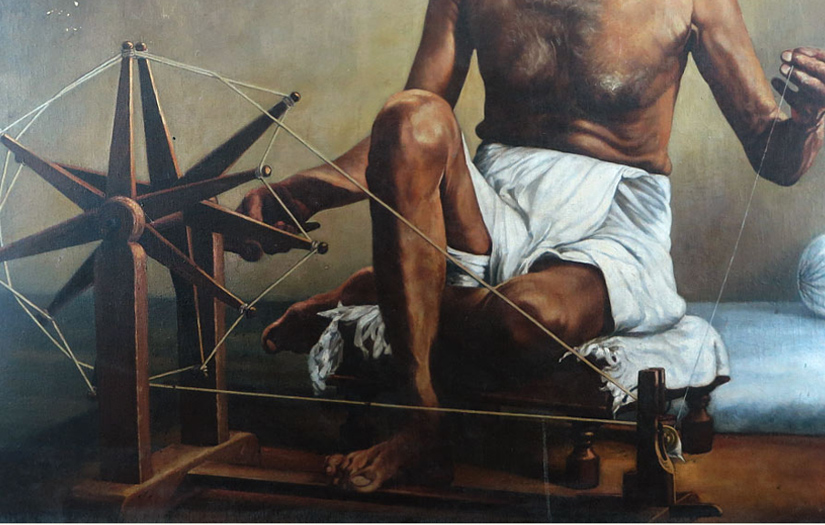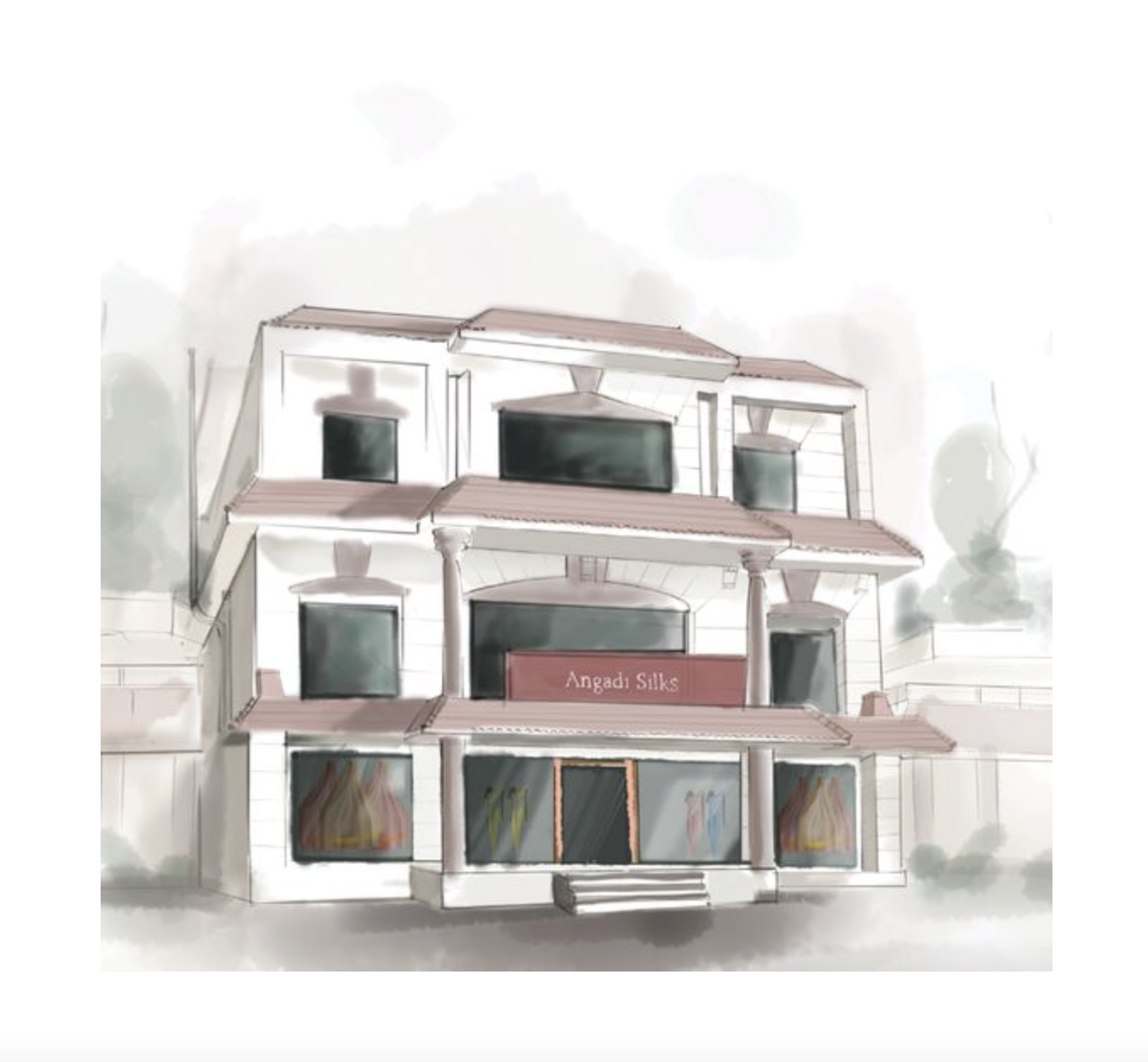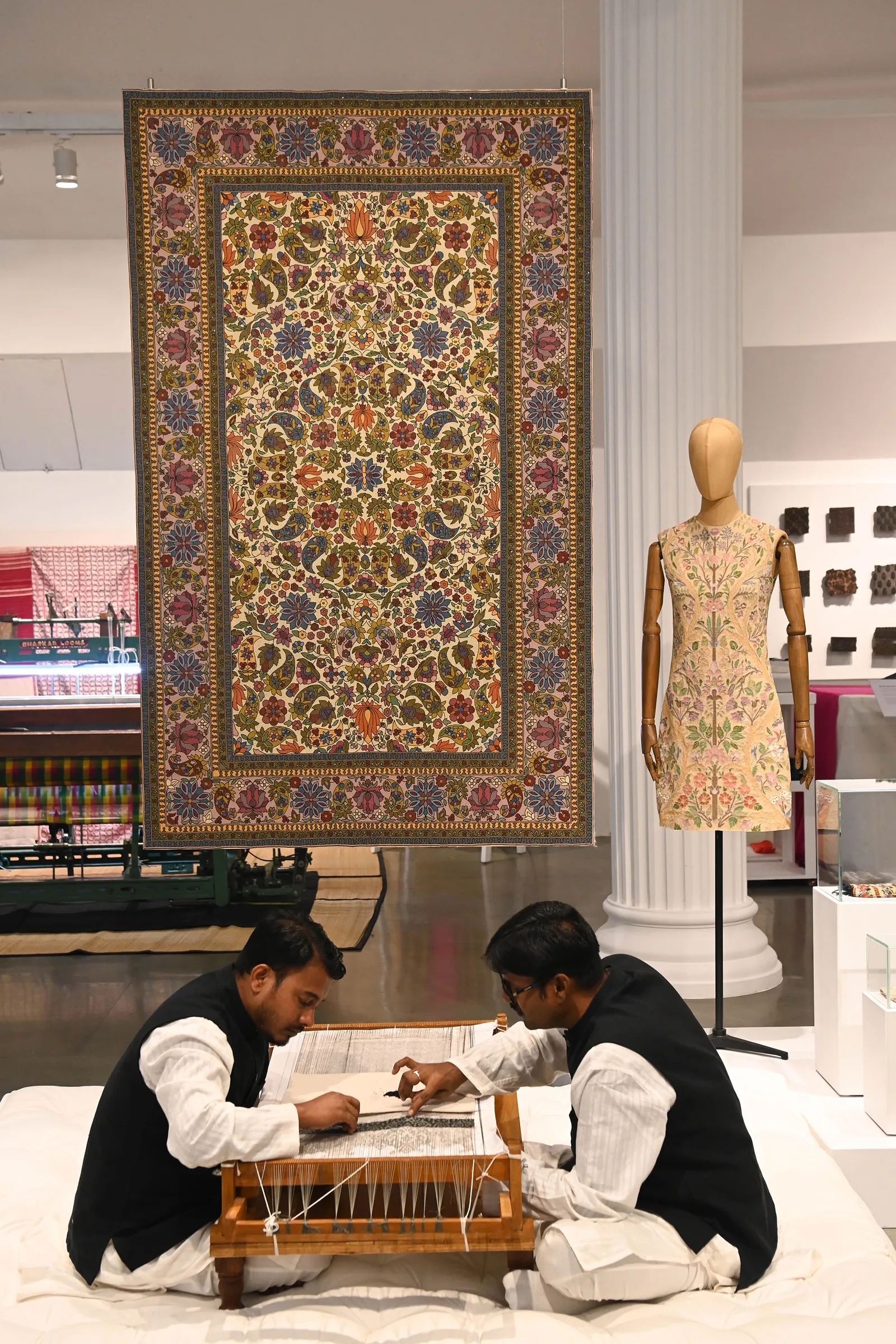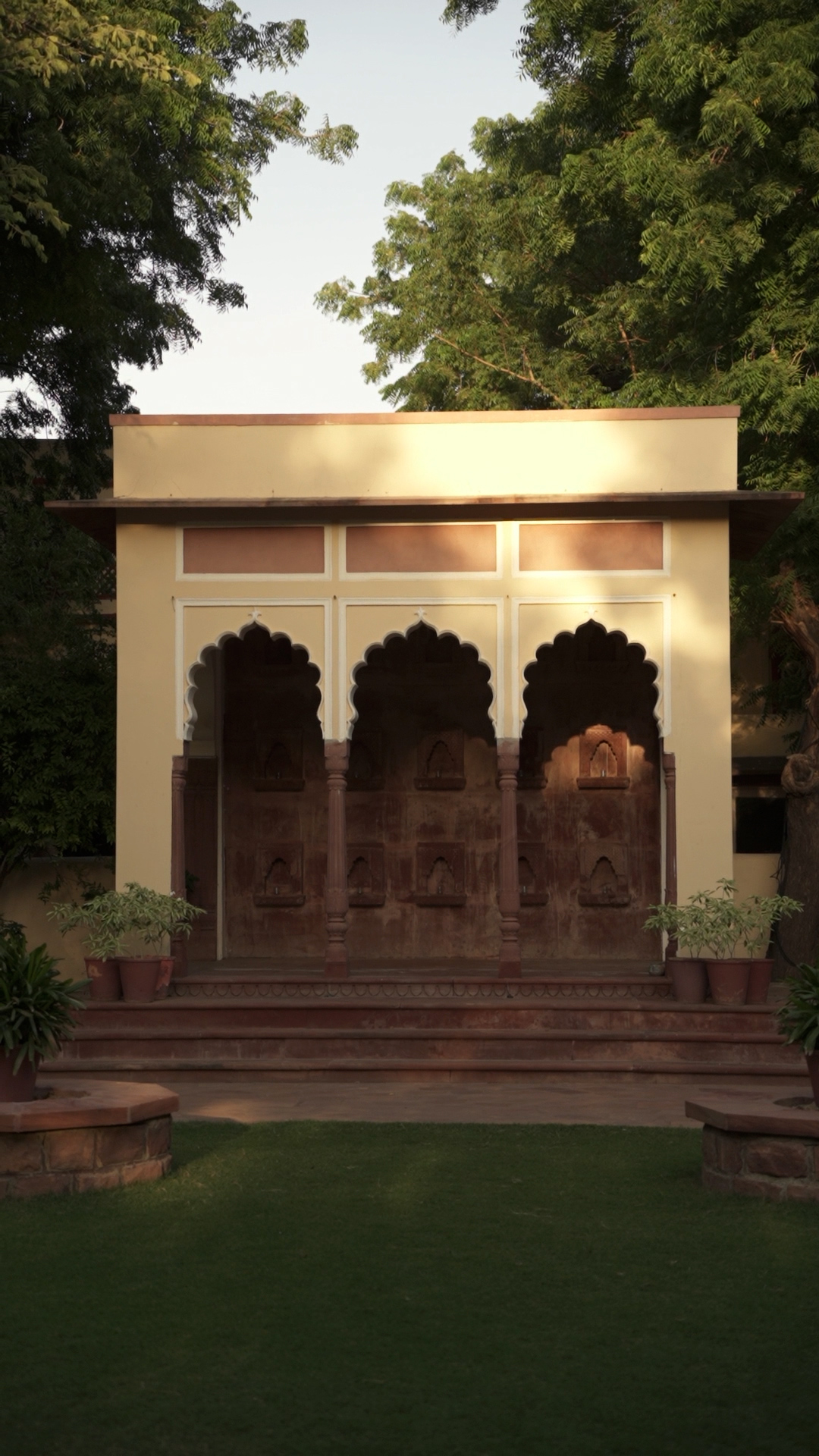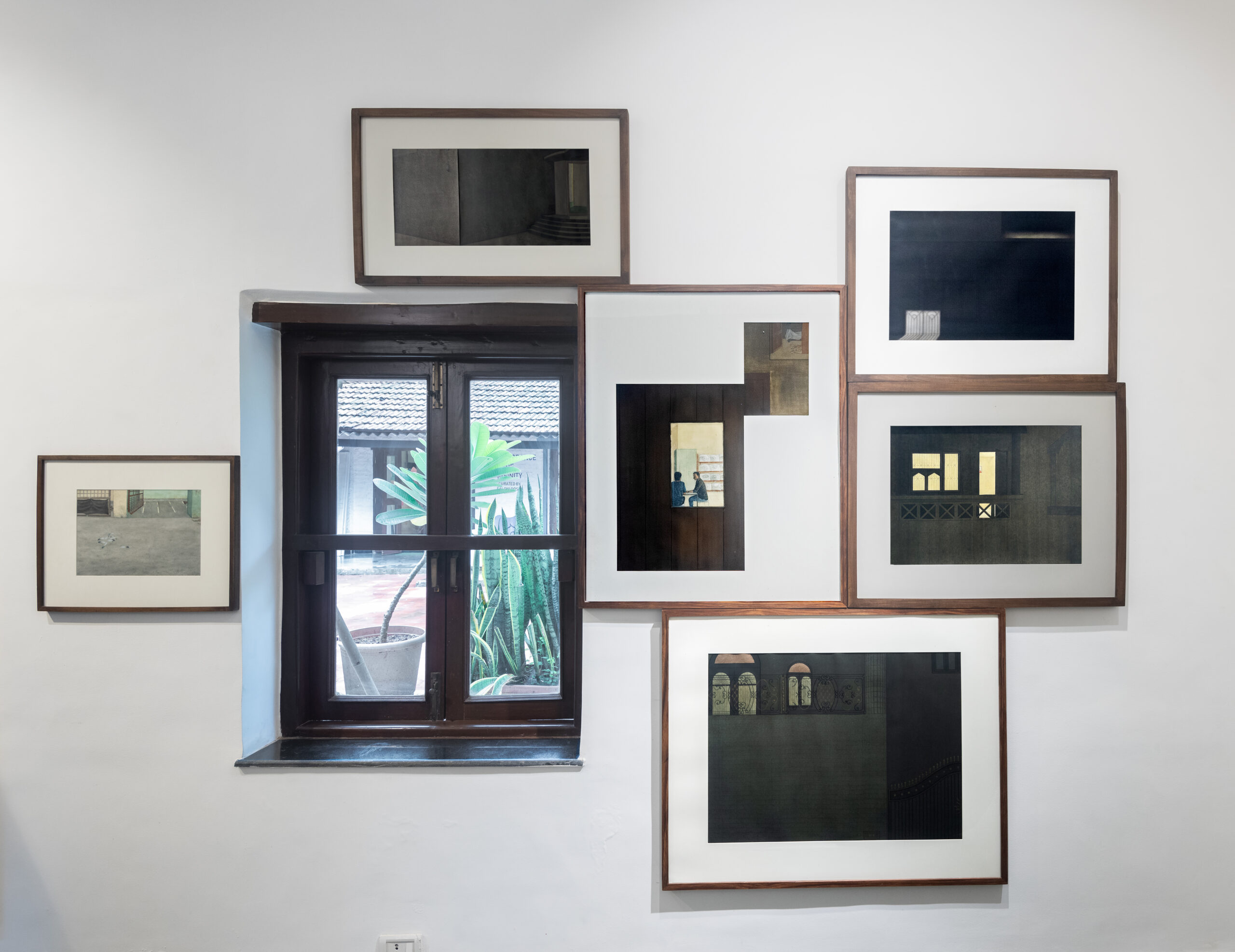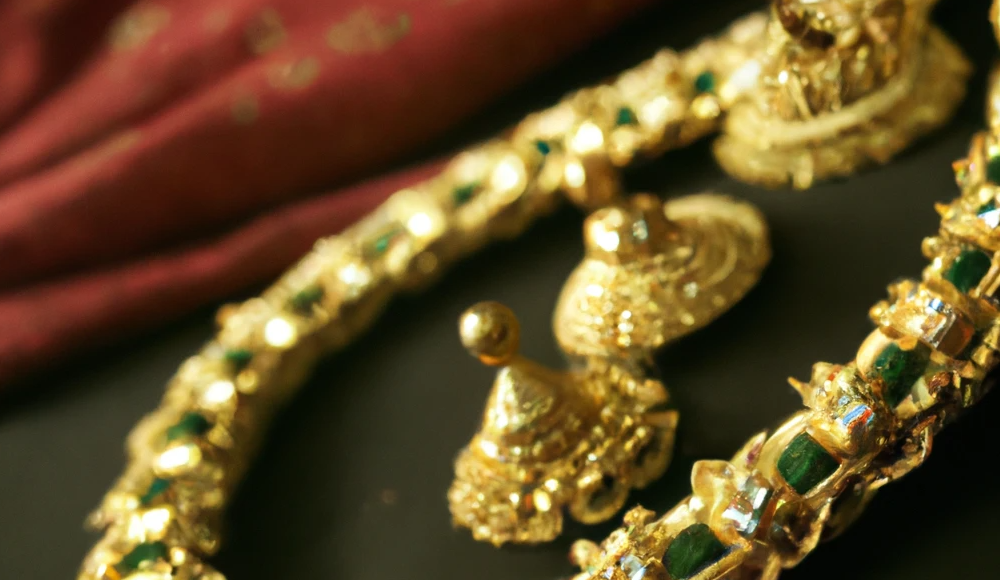Throwback to December. As the weather starts getting colder and the Diwali hangover sets in, people start running to textile centres all over the world in order to get their wedding outfits ready. The next few weeks and months would see the many parts of the country come together to celebrate marriages around the country, as they get indulgent with their masterjis, getting their sherwanis, kurtas and lehengas made. But the Indian connection with tailors and tailoring runs way deeper than just grand events held in palatial surroundings.
While made to measure or haute couture fashion might be a privilege only a few can afford in the West, the concept of having garments designed and stitched specifically for you is something that has been prevalent in India for as long as one can remember. The relationship between the masterji and the patron is a sacred bond no less than that of Azzedine Alaïa and his super models, and fashion as an industry still thrives on this module in the country.
Although the post liberalisation generation grew up with Shopper’s Stop, Bata and various other ready to wear brands, with streetwear now taking over the Millennial and Gen-Z experience, it is often easy to forget where the roots of the quintessential Indian aesthetic come from.
Ancient Fashion in India
Amazingly, the first signs of any fashion in India goes way back to the ancient times itself, where evidence suggests that the Indus Valley/Harappa civilisation used woven silk fabric to create their clothes. Kings were known to wear a robe over their shoulders, men wore turbans over their heads, whereas some wore knee-length skirts and flowing dresses. There was a sense that civilisation was figuring out how to cover themselves but at the same time, discovering how materials felt and how they flowed. Tailoring was broader and intricacy wasn’t a factor that played any major role.
Medieval Fashion in India
From the ancient period itself, the evolution of clothing throughout Indian history is seen to be more about fitting the body around pieces of cloth, as opposed to bodies conforming to set shapes and designs. The same was observed in the Vedic and post-Vedic era. Long, open pieces were usually worn by most people, with also the introduction of the saree and accessories such as head wraps. The use of different kinds of wool, silk, tassar and muslin started being used widely. This time period also saw the rise of regional fashion, with different dynasties having their own signature style and the first inklings of tailoring styles that differed diversely from each other.
The Mughal Period
In the Mughal period, Indian fashion saw the epitome of fine and intricate craftsmanship. This period introduced an explosion of diverse tailoring styles, cutting and sewing. It’s not surprising that the creators of the Taj Mahal knew their work. Mughal fashion also introduced velvet, brocade and most importantly, the widespread use of embroidery, coats, patkas and pyjamas. Interestingly though, the shawl also became a staple with the design language of this time period, even though embroidery and intricate designs persisted, giving us a sense of the beginning of layering.
The Road to Independence
Craftsmanship has even had an incredible impact on the Independence struggle of India as well. With the boycott of British made clothes and goods, the “charkha revolution” spearheaded by Mahatma Gandhi not only provided a strong identity to the freedom struggle and stood as a poignant anti-Colonial symbol but also transformed fashion for Indian people. Khadi was a symbol of Indian textiles; and suits, sarees and kurta pyjamas became commonplace. It was not only as something that was comfortable and elegant, but also one that had a duplicitous nature of being tailor-made and being ready-made at the same time.
Modern Day Tailoring
What is interesting about the history of fashion in India is that even though liberalisation has in a sense, introduced Western style and fashion to the country, smaller towns, villages and communities have retained their cultural practices, including the way they dress, the way they create their clothes and the materials they use. Further, the history of Indian fashion has influenced modern Indian wear incredibly. The royal style still persists in the entire wedding industry and at the same time, the Fabindia kurta pyjama is a household staple.
All of this rich heritage and practice exists and thrives because of the masterjis of our country. Our tailors are highly skilled in cutting, knitting, sewing and making pieces of clothing that are famous across the world, to the extent that many Western designers have received flack and have been accused of misappropriating and stealing regional Indian designs and practices. There is also an argument to be put forth that the history or legacy of haute couture should also be inclusive of the “person of colour” experience and history. How much of a difference is there between a Cristobal Balenciaga and a masterji in Benaras or Lucknow?
With the rise of fashion designers in the mainstream showcasing Indian wear, it must not be forgotten that millions of people still get their clothes tailor-made and rely on the tailors for most of their clothing needs and that this under-represented craft needs its modern day renaissance in the larger understanding of the fashion industry.
A Place in Contemporary Fashion
Interestingly, many Indian designers have made conscious efforts to go back to fashion’s roots and inculcate age-old designs in their contemporary collections. A conscious effort is being made by a few designers who are creating a blend between Indian handlooms and traditional crafts. A brand that’s proudly steering forth Indian handlooms and erstwhile techniques is The House of Angadi. Promoted by a family that began their textile journey as court weavers to the Saraboji Maharaja of Tanjore, their 600-year old legacy is carried forward by K. Radharaman, the design head and CEO of Advaya — the limited edition sari label by the house.
Recently, Reliance Brands also announced that it will take on on many new initiatives to showcase authentic handcrafted products and promote Indian art forms globally. The programme will be spearheaded by Reliance Retail’s brand “Swadesh” and will be an artisan-only dedicated store format for handcrafted products from across the country. The initiatives, as per the company, are aimed to revive the various traditional Indian art and craft forms.
Another designer that’s known to always pay homage to bygone designs is Anita Dongre. Last year, the fashion mogul launched a collection called “Crafts of India – An Ode to Bhuj” to celebrate craft traditional and rural Indian communities. This collection is a look back at royal legacies from a 1000 years ago that combines handwoven fabrics, rich embroideries and delicate fabric pattern dyeing from individual regions. It was presented as a tribute to the “lost splendour of India’s rich craft history”. This collection features bandhini, ajrak and block Printing — crafts from the Kutch region of India.
While Indian fashion’s heritage may have been lost within the pages of history, as lovers of the craft, we certainly hope more designers imbibe forgotten design techniques in their contemporary collections. For style may evolve but the timelessness of classical Indian fashion remains unmatched.
Words by Yatin Srivastava.
Images via Pinterest.
Cover Image ‘Vintage Singer Sewing Machine Just Like Grandmas’ by Elaine Plesser.
